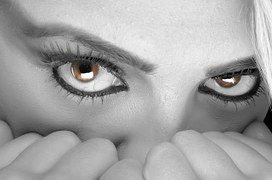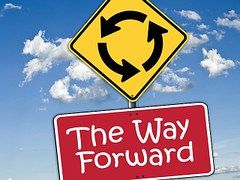Trichotillomania: Widely experienced, yet little known
Online test
Find out the severity of your symptoms with this free online test
As many as 1-3 per cent of the population compulsively pull out hairs mostly from the scalp, eyelashes or eyebrows. Trichotillomania is on the increase with ever more cases reported on an annual basis. The presence of Trichotillomania is believed to be severely underestimated because professionals often do not inquire about it. Patients may experience such shame with trichotillomania that they hide their hair pulling, suffering silently and feeling terribly isolated for many years before seeking treatment. Some people may pull hair during one period in their lives, only to have it stop as quickly as it started. However, for many others, it is a recurrent problem that will resurface again if left untreated. Pulling out hair on the head can leave bald patches which reiforces negative feelings, such as shame and guilt. The person may also feel embarrassed about pulling their hair out, and may try to deny it or cover it up. Sometimes trichotillomania can make the person feel unattractive and can lead to low self-esteem. Trichotillomania can have a significant impact on the person's quality of life, and can also cause medical problems. The negative feelings associated with the behavior can affect negatively affect their social life and have an adverse impact on their performance at school or work. 
Sometimes its hard to hide
Trichotillomania is often discovered by friends or family when the condition impacts the person's daily functioning to such an extent that those who care about them starts to notice and show concerns. In one such instance, a young lady named Jillian Corsie from Amdor Valley High in Pleasanton, USA, noticed her good friend didn't have eyebrows or eye lashes and showed concern. When her friend confided in her that she had an uncontrollable compulsion to pull her hairs, it stuck with Jilllian as she grew up. Jillian vowed to raise more awareness of this condition that so little know about, yet so many suffer from. She has since played a key role in the making to the documentary 'Trichster' which was made to raise awareness and break the stigma surrounding this affliction. The lack of awareness and understanding of this disorder fuels misunderstanding and shame while simultaneously impeding personal progress and community support. So let’s spread the awareness!
Online test
Find out the severity of your symptoms with this free online test
Start your journey with TrichStop
Take control of your life and find freedom from hair pulling through professional therapy and evidence-based behavioral techniques.
Start Now



